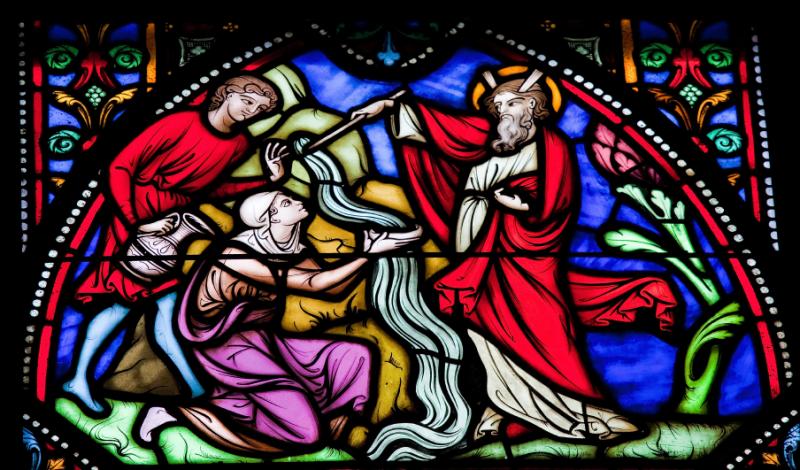
Even as American churches are becoming more ethnically diverse, female clergy seeking leadership positions are hitting a glass ceiling, a Duke University study finds.
Women still hold just a small minority of leadership posts in American congregations, according to the newly released National Congregations Study report. The study found essentially no overall increase in the number of congregations led by women since 1998, with about 11 percent of congregations being led by women.
“That’s one of the most surprising non-changes in our data,” said Mark Chaves, a Duke professor of sociology, religious studies and divinity who directs the study. “When I first saw this result, I thought it had to be wrong. But it’s accurate. The ‘stained-glass ceiling’ is real.”
There are several contributing factors, Chaves said. The proportion of female master of divinity students appears to have peaked in the early 2000s and has declined slightly since, and women with those degrees are less likely to seek pastor positions than men. Moreover, several major religious groups don’t permit women to lead congregations, and even those that do ordain women still contain congregations that are reluctant to hire a woman to lead them.
Many women are assistant pastors and fill other secondary leadership roles in churches across the spectrum, especially in Catholic and mainline Protestant churches, the study notes.
The study, published online Wednesday, is based on a 2012 survey and builds upon two previous waves of data collected in 2006 and 1998. Parts of the most recent study formed the basis for a December 2014 article in the Journal for the Scientific Study of Religion.
Meanwhile, churches are seeing an ethnic diversification of their leadership. This change is especially pronounced in Catholic churches. Hispanics led just 2 percent of Catholic parishes in 1998; that number swelled to 17 percent in 2012. And Asian-led Catholic parishes increased from just 1 percent in 1998 to 12 percent in 2012. Both changes appear to mirror shifting demographics, Chaves said.
“It makes sense because of immigration patterns,” he said. “Most immigrants to this country are Catholics from Latin America.”
Other study findings include:
-- The larger the church, the smaller the donation it receives from each of its members.
Across the board, smaller American churches receive larger financial gifts than larger churches, the study finds. For example, an evangelical Protestant congregation of 100 adults receives an average annual gift of $1,750 per adult, while an evangelical congregation of 400 receives $1,480, and an evangelical congregation of 1,000 receives $1,140, according to the study.
“People give less and participate less in bigger churches,” Chaves said. “That raises interesting questions to think about. Perhaps people are less committed at bigger churches. Or maybe it’s not about commitment at all; maybe bigger churches are more efficient and require less time and money from their members.”
Overall, a congregation of 100 adults receives about 18 percent more money from its average member than a congregation of 400, the study finds.
-- Gay rights has split churches like no other social issue has. When churches engage in activism on hot social issues of the day, they tend to fall almost entirely on one side of the argument. For example, most churches take a pro-life stance when engaging in the abortion debate. But on the same-sex marriage debate, there are roughly the same number of churches on either side of the argument, the study finds.
-- The clergy are aging. Fewer young people are going to seminary right out of college, and more clergy come to that occupation as a second career, creating a church leadership population aging quicker than the American public, the study says. In 1998, the senior leader in an average congregation was 49 years old; in 2006 it was 53 and in 2012 it was 55.
The report is available at http://www.soc.duke.edu/natcong/